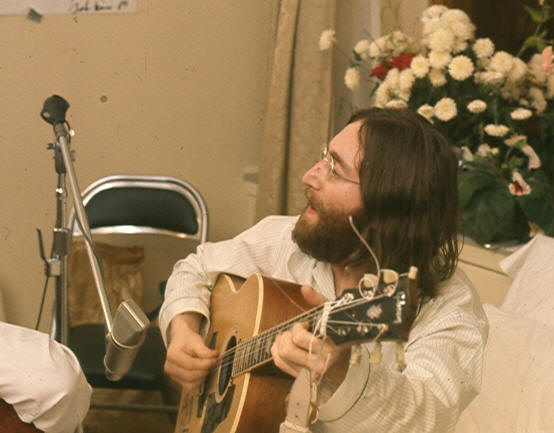Modern Halloween traditions have
origins that date back thousands of years to ancient Celtic civilizations. The Celts flourished about 2,000 years ago in
the regions now known as Ireland and northern France.
The Celtic New Year was November
1. This day marked the end of the summer
harvest and ushered in the cold winter season.
In ancient times, the frigid, damp, dark days of winter were closely
linked to death. On October 31 – the eve
of the New Year – the Celts engaged in a celebration known as Samhain
(pronounced sow-in). The Celts believed
that it was only on October 31 that the spiritual veil was lifted and the
boundaries between the living and the dead became obscured. During this time, the ghosts of the dead
could return to visit their loved ones.
However, evil spirits could also return to wreak havoc in people’s lives
and on next year’s crops. It was on this
one night of spiritual liberation that Celtic priests built large ritual
bonfires upon which animals were sacrificed to various gods in hopes of gaining
favor for the next year’s harvest. The
Celts who participated in the festival of Samhain traditionally wore costumes
made from animal hides and heads.
The Roman Infiltration
By 43 A.D., Romans had conquered most of the Celtic territory and many
cultural customs had coalesced. The
Romans celebrated a late-October festival commemorating the dead called
Feralia. They also honored Pomona – the
Roman goddess of fruit and trees. Over
time and with the amalgamation of cultures, these Roman festivals were
incorporated into the Celtic tradition of Samhain.
Christian Influence
By the 9th century, the
doctrine of Christianity had spread to Celtic clans and ultimately replaced
most Celtic spiritual practices. In 1000
A.D., the well-established Christian church officially named November 2 as All
Soul’s Day or All-hallows eve. This day
was set aside in honor of the dearly departed.
Most historians believe that this move on behalf of the church was made
in an effort to replace the Celtic festival of Samhain with a celebration that
was sanctioned by the church. Similar to
the Samhain celebration, the All Soul’s Day festivities included bonfires,
masks, and costumes.
All-hallows Eve in the New World
Many of the first settlers that came
to America were strictly Protestant and did not celebrate All-hallows eve. But as more ethnic European groups with
looser religious practices came to the new world, All-hallows eve, or Halloween
as it came to be known, took on a distinctly American flavor. Colonists held traditional harvest
celebrations, told ghost stories, and played pranks on each other. But Halloween began to change by the middle
of the 19th century with the arrival of millions of Irish immigrants
who were fleeing the potato famine in Ireland. This influence of Irish
culture popularized Halloween nationwide.
Soon people were not only dressing up for Halloween, but they were going
house to house collecting “treats” – giving birth to the tradition known as
“trick-or-treat.”
The festival that started out as an
ancient harvest celebration with great spiritual significance has evolved into
a night of spooky fun that is much-loved by American society.

